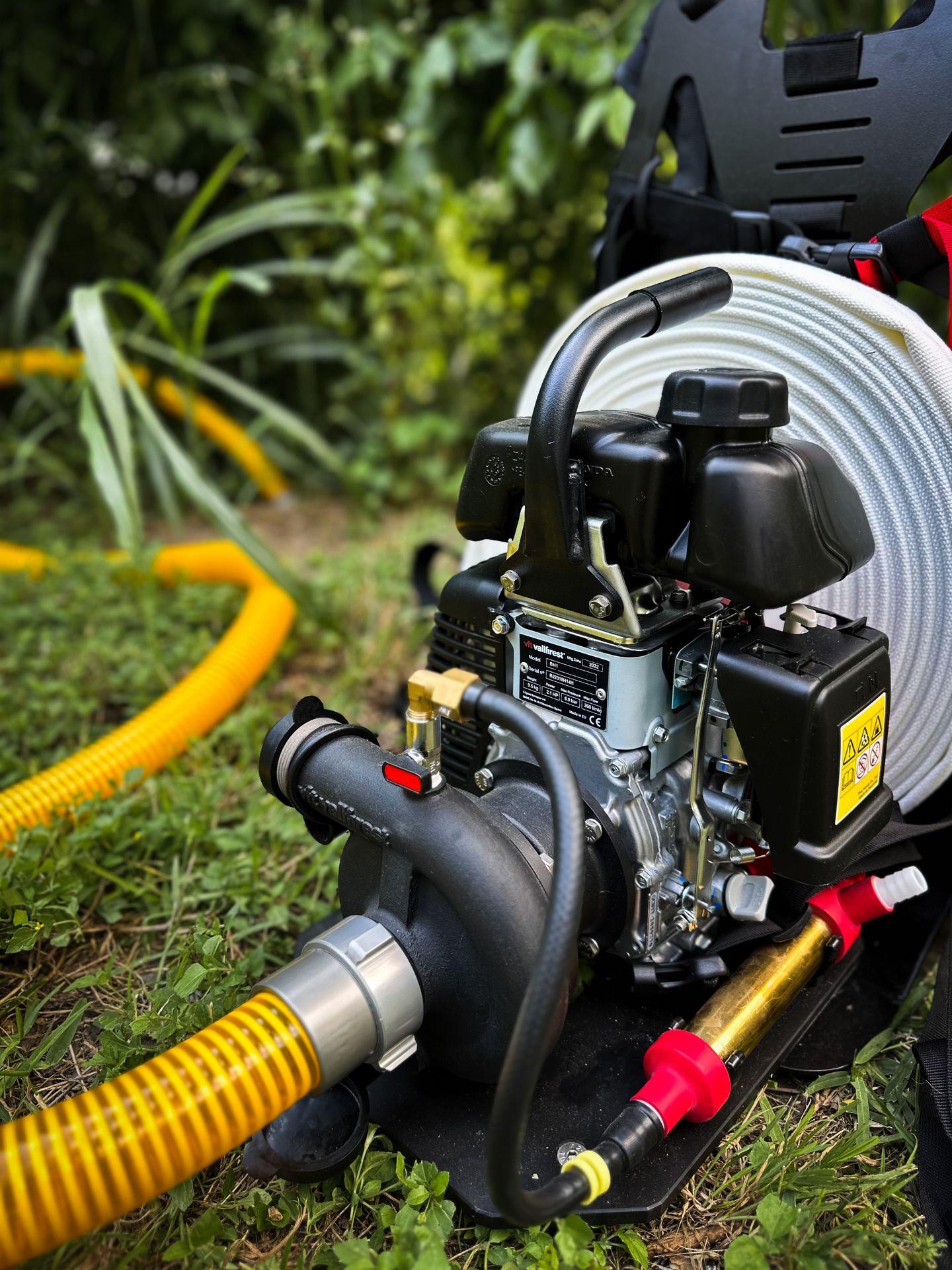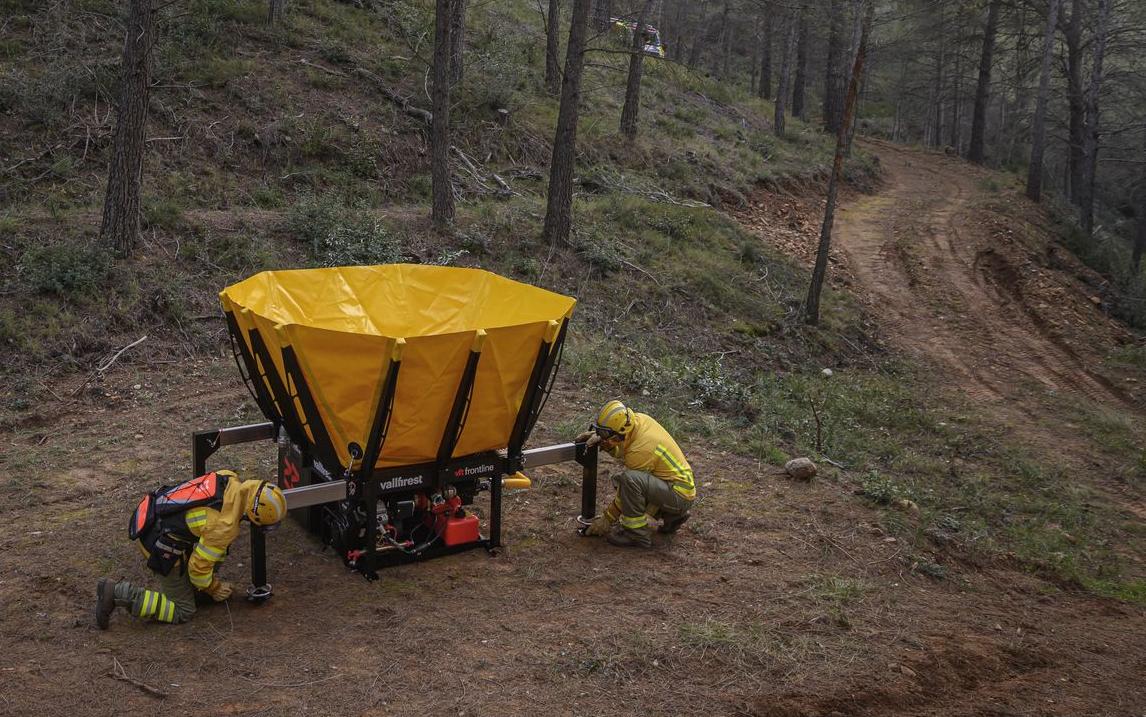If you are a wildland fire fighter,
you know that access to water is critical to contain fires in direct fire attack roles. However, in remote areas, accessing water sources can be a challenging task. While most wildland fires are fought using water tenders, sometimes truck-based water tenders just aren’t an option due to inaccessible terrain. Don’t worry; we have you covered with this guidebook on different methods to access remote water supplies on wildland fire duty.
Tools For Accessing Rural Water Sources
Portable Pumps:
Portable pumps are a versatile tool for accessing remote water sources. They are lightweight and easily transportable, making them a popular choice for wildland firefighters. Portable pumps come in different sizes from small backpack units to larger ATV mounted units. With a suction hose, a strainer, and a discharge hose, you can access streams and other natural water sources to extinguish fires. These types of setups are cost effective, easy to deploy and should be tool in your toolbox on every wildland deployment.

Helicopter Buckets:
Helicopter buckets also play a role in accessing remote water supplies on wildland fires. When using helicopters as part of a fire-fighting operation, a bucket can be attached to the skid-mount underneath the chopper’s belly. The helicopter can then draw water from dams, rivers or lakes and drop it at critical locations on the fire. This method is particularly effective on the steep terrain where other methods of accessing water are difficult.
Bladder Bags:
Bladder bags or water tanks are also useful when fighting fires in remote areas. They are lightweight, easy to transport and can be carried in the back of pickup trucks. Once in the deployment area, the bladder bag can be filled with water and quickly set up to supply hoses and nozzles on the fire line. With the collapsible design, they are easy to store after the operation.
Heliskid:
The Heliskid is capable of being transported to remote locations beyond the reach of most vehicles so that tanks can be strategically stationed for effective firefighting efforts. Its purpose is to rapidly deploy the structure and fill it with water from a helicopter in inaccessible areas. The water is pressure-fed from the tank to the fire pump and hoses to put out fires. We promise to do a full article on the Heliskid later!

Types of Remote Water Sources
Natural Water Sources:
Remote water supplies are also in the form of satellite water sources. This can be a natural pool or spring, creek or stream, river, stock pond or even a roadside ditch. Because of the nature of wildland fires, any source of water can prove helpful in containing the fire. Firefighters use these methods as alternative water sources during large fires in remote locations. These satellite water sources are usually found near rural communities where hydrants and central water supplies are scarce.
Manmade Water Sources:
Swimming pool, water storage tank or cisterns, and even manmade reservoirs are just some of the types of remote water sources that can be used during wildland fire operations. These manmade sources are used in scenarios where natural sources may be low or otherwise inaccessible. They can supply an adequate amount of water and provide a better alternative to using truck-based water tenders.
Creating Remote Water Sources
Temporary Pools:
Another way to access remote water sources is to create temporary pools or dams. This can be done in areas with small streams or creeks running through them. Firefighters can make small dams on the stream or creek bed to create temporary pools. This water is then available for use in firefighting operations. These types of operations can be difficult and time-consuming, but they are potentially life-saving in remote locations and may provide great utility on longer deployments.
Fighting wildland fires is a difficult task, but accessing water sources in remote areas can make it even more challenging. Portable pumps, helicopter buckets, bladder bags, satellite water sources, and temporary pools are some of the methods that can be used to access remote water supplies during firefighting operations. These methods are flexible, adaptable and can be employed in different terrains resulting in effective attempts to put out intense fires. Always remember, accessibility to clean water is the most important factor in extinguishing any fire.